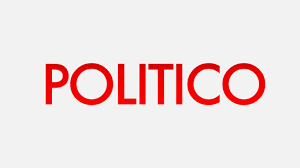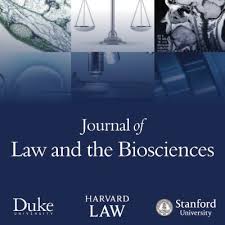
With a series of temporary protections that helped Californians get through the first few months of the pandemic set to expire soon, Gov. Gavin Newsom hinted he will today extend some programs in another flex of executive power.

Expect fireworks throughout the fall as powerful interest groups compete for airtime and attention during an unprecedented presidential election in a pandemic year.

After a bit of last-minute legislative maneuvering, the list of propositions that California voters will be asked to weigh in on has been – more or less – finalized.

Counties on the County Monitoring List are under active monitoring by the state, and may receive targeted engagement and technical support from CDPH and other agencies and departments including the Business, Consumer Services and Housing Agency, the Department of Industrial Relations and the California Department of Food and Agriculture. Counties that do not demonstrate substantial […]

In a moment of scarcity, especially with regard to medical equipment and capacity, the question of who deserves the few available resources becomes front and center. It is in this context that abortion access has been injected into the political and medical response to COVID-19.

This Essay provides an overview of the litigation that ensued in the wake of some states’ attempts to limit abortion access under the authority of executive orders banning non-essential or elective procedures. It argues that abortion was singled out in two ways that reflect deeper ambivalence about the place of abortion within medicine more generally.

This pandemic is not the first, nor will it be the last, pandemic or epidemic to ravage the world. This is the first essay to assess in detail our current pandemic in the context of previous ones, in terms of important medical, policy and legal trends and precedent.

President Trump has declared a national emergency along with 50 governors declaring state emergencies (Figure), which are unprecedented actions. Social distancing aims to flatten the epidemic curve to moderate demand on the health system.
